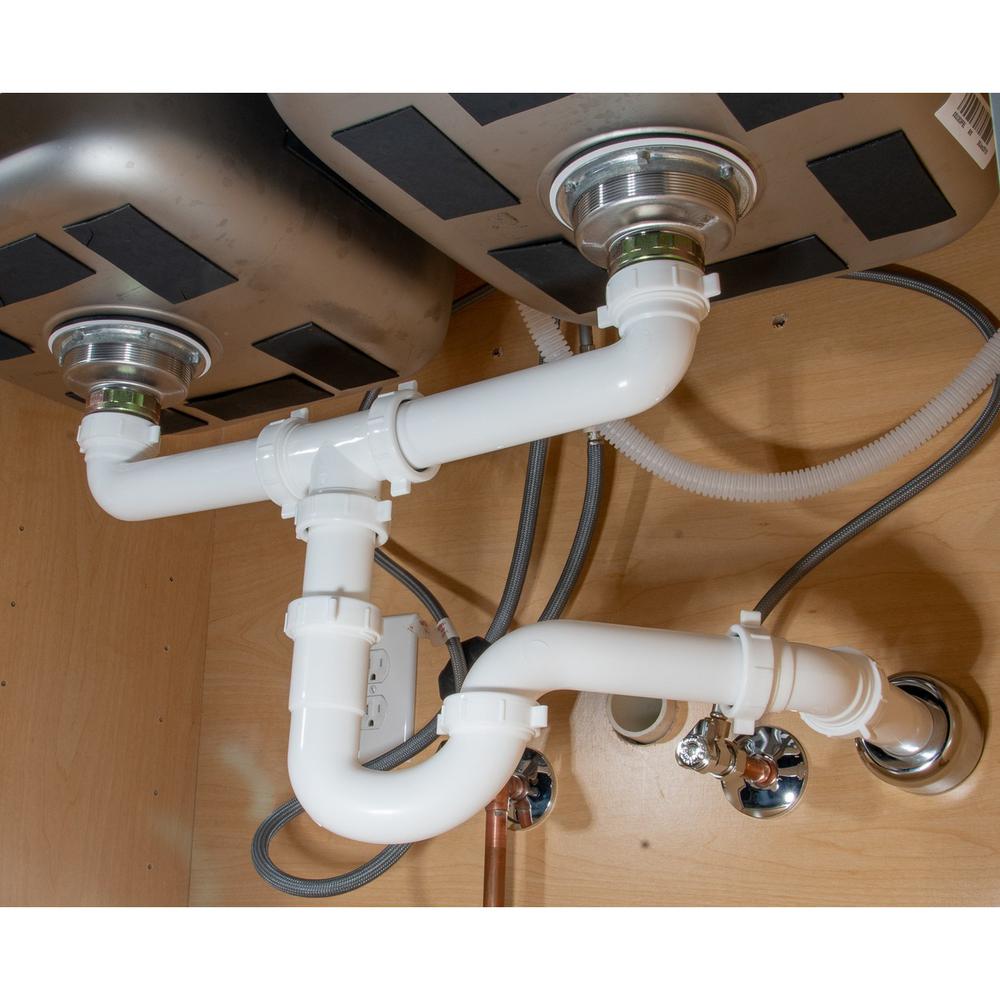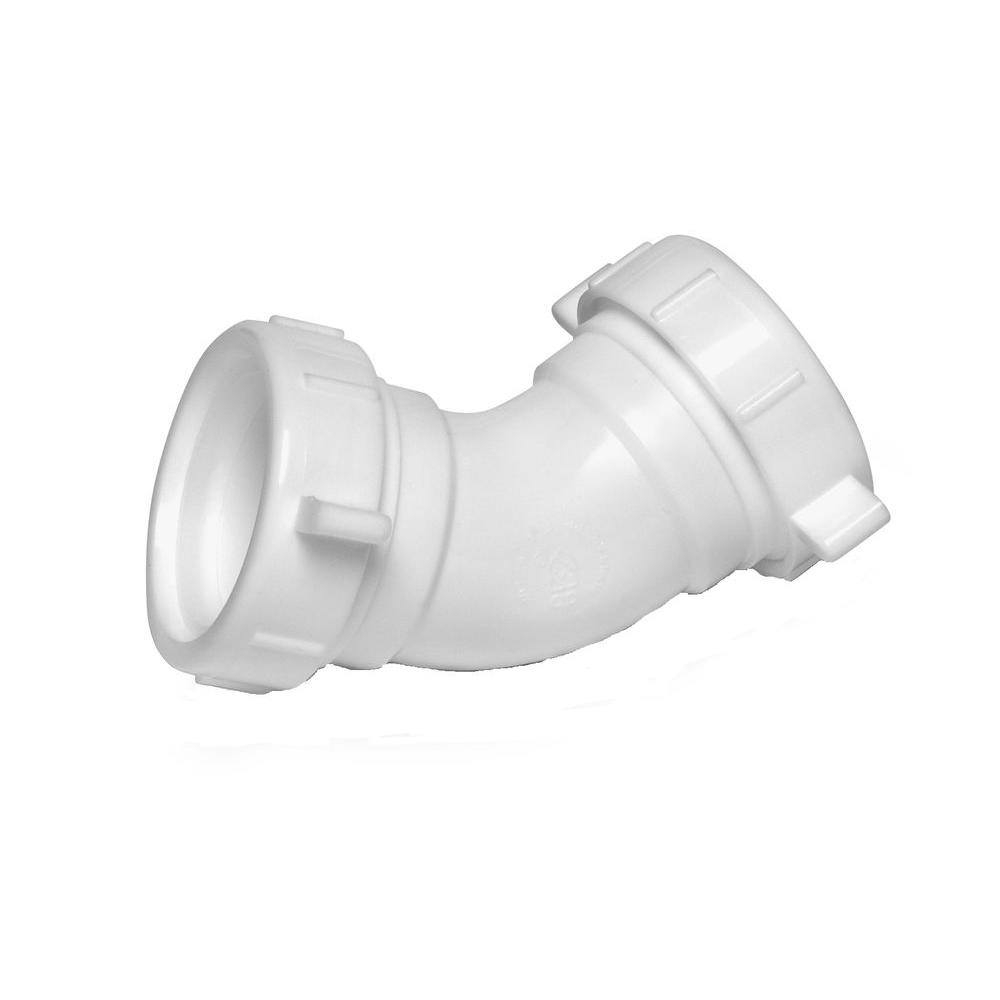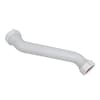Plubit
New Member
This is my first adventure into plumbing and I need some guidance. This is in a 1940's home where a previous owner used one of those wonderful Form N Fit extensions to get the bathroom sink drain lined up with the P-trap that is angled slightly to the left in the photo, while the drain is off to the right side. I'm thinking a 1.5" PVC 45 degree elbow will get me pointing in the right direction so I can remove that Form N Fit abomination. I plan to attach a 1.5" to 1.25" PVC trap adapter to the elbow to accept the sink P-trap.
The white pipe in the photo is the output side of the existing P-Trap. I want to remove the existing P-trap completely and connect a 45 degree elbow as close as possible to this metal pipe. Then, I will connect a new P-Trap into the elbow.
When disconnecting the sink drain and moving the pipes around, I noticed a little water drip from the bottom of the metal nut. Perhaps it was the movement or an old washer behind the nut. I'm unsure how I should best connect the 45 degree elbow to the metal drain pipe. The P-trap output in the photo appears to be connected with a simple slip joint (washer and metal nut).
Should I use a new slip joint (washer and nut) to connect a pipe into the metal drain pipe or is there a better or more preferred method for connecting to the metal drain pipe in the photo? If a slip joint is appropriate do I need to use a metal nut or would a plastic nut be fine?
I would greatly appreciate guidance so that I can complete this first project.

The white pipe in the photo is the output side of the existing P-Trap. I want to remove the existing P-trap completely and connect a 45 degree elbow as close as possible to this metal pipe. Then, I will connect a new P-Trap into the elbow.
When disconnecting the sink drain and moving the pipes around, I noticed a little water drip from the bottom of the metal nut. Perhaps it was the movement or an old washer behind the nut. I'm unsure how I should best connect the 45 degree elbow to the metal drain pipe. The P-trap output in the photo appears to be connected with a simple slip joint (washer and metal nut).
Should I use a new slip joint (washer and nut) to connect a pipe into the metal drain pipe or is there a better or more preferred method for connecting to the metal drain pipe in the photo? If a slip joint is appropriate do I need to use a metal nut or would a plastic nut be fine?
I would greatly appreciate guidance so that I can complete this first project.

Last edited:



